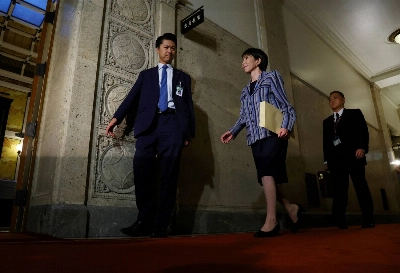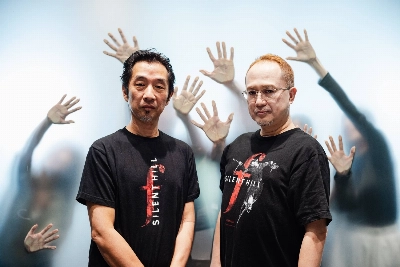The government has decided to lower medical fees paid through the public health-insurance systems to hospitals, clinics and pharmacies, beginning in April. Fees paid to doctors will be reduced by 1.36 percent; fees for drugs and medical supplies will be cut by 1.8 percent. The decision is in line with the government's efforts to get a handle on the nation's medical costs, which are growing annually by 1 trillion yen due to the aging of Japanese society. The decision is expected to lower government spending by some 240 billion yen in fiscal 2006.
The Japan Medical Association, a medical doctors' lobby group, had urged that fees to them be raised. But if the decline in salaried workers' incomes for the past seven years is taken into consideration, the government decision is not unreasonable, and medical institutions should accept it. The fee-reduction percentages are averages and will not apply uniformly to all types of medical services and drugs.
Coming at a time of fiscal tightening, the actual distribution of fees to each of the various services will become important in providing optimal medical service as a whole. Raising fee levels for some types of services while drastically lowering them for others are likely to better serve the purpose.


















With your current subscription plan you can comment on stories. However, before writing your first comment, please create a display name in the Profile section of your subscriber account page.